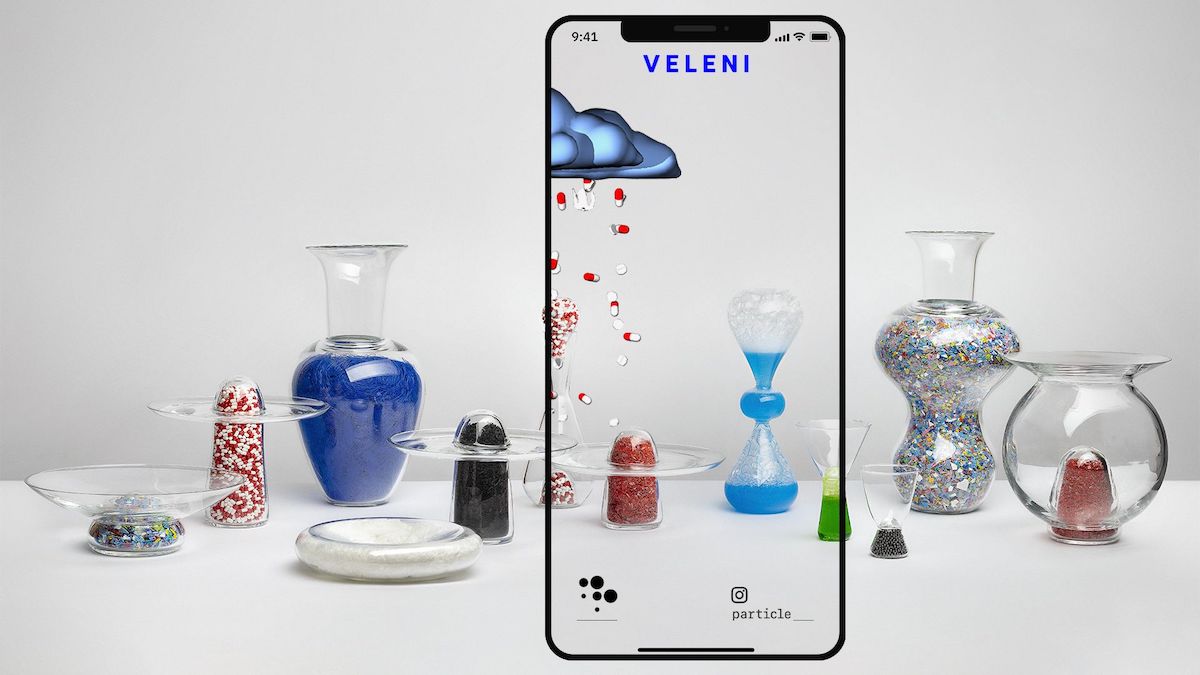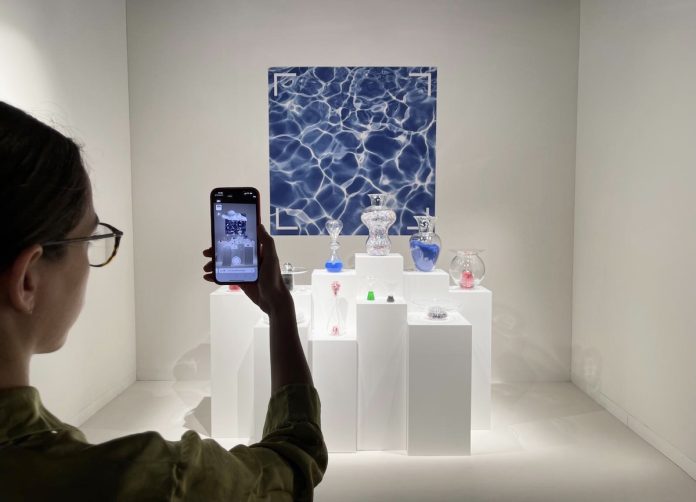The entrepreneur and collector Bruno Bolfo, 38 years of age, founded a company in 2020 (based in Italy and Singapore) that sets out to widen the boundaries of art and creativity thanks to augmented reality and technology. Making them more inclusive, but also economically sustainable. An idea to develop, promote and share art, design, creativity, and to reach as many people as possible.
The objective is ambitious: to expand the borders of these sectors, (also) taking them far from ‘physical’ places and triggering processes of innovation that unite physical, virtual and augmented reality.
The name chosen by Bolfo, Particle, suggests small portions of the universe that take on meaning only in association with others, which is just what happens in art, economics, science and design. Bolfo, from a family of industrialists, with a degree in Economics from Bocconi University and an intrinsic passion for art collecting, remarks: “An educational background like mine and the business experience of my family are both very useful. Especially today, art has to be economically sustainable. The two worlds have to communicate with each other.”

Which has not been the case until now?
It is now more important, because no museum or gallery can survive today only with ticket sales, cafés and bookshops. For full enjoyment of experiential art, significant investments are required. We no longer have just an artist who paints a canvas, shows it and sells it. The installations and the related technology have much higher costs.
What do you suggest?
Something that is apparently very simple: to use digital technology in physical space to boost enjoyment and excitement in the visitor. We propose a different experience, which we have called phygital, where physical and digital complete each other and the atmosphere of an event continues to live, even after the end of that event. No content is shut away in a catalogue; everything continues to evolve, to be alive, to communicate with people.

For example?
To approach the theme of sustainability, we asked the creative duo of Lanzavecchia + Wai to make something tangible that would inform people about the poisons found in water. They made amusing, colorful objects for the table, like bottles of Murano glass containing plastics, detergents and rubber bands; or Martini glasses where detergent can enter and contaminate the beverage when shaken.

What was the digital aspect, in this case?
In the context of Curio Design Miami (13-19 June 2022), in Basel, we organized three interactions: one with augmented reality, where you could see fish swimming in the midst of toxic particles, then eating them; a ‘material’ in which at a certain point pills and medicine fell over people, also contained in water; finally, we shot a video that showed how the audience interacted with the installation; there were young women flooded with pills, children try to grab the fish… and it went very well: the people in the neighboring booths asked us if we were handing out drugs, since people kept coming to us and spending lots of time in our stand, enjoying themselves.
So in the end, there is a certain idea of ‘gamification’…
Exactly – but always connected with a live experience. At Design Miami, for example, we distributed a token to each visitor, a bit like the stamps on pilgrimage passports. But we also give them something more: when the tokens have been collected, guests can be invited to an exclusive dinner with designers, or some particular exhibition. This is a very effective way to create a ‘circular experience.’







